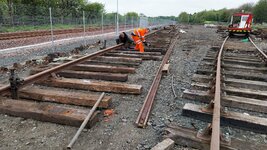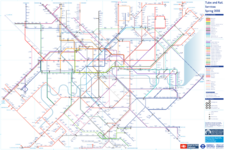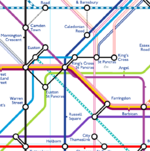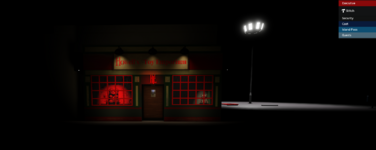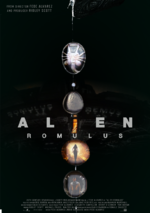Dan
TS Contributor
- Favourite Ride
- Steel Vengeance
My new LED project has been in for a few months now and is working pretty well. I’ve installed three strips that automatically light up in the direction the person is walking in. It also has themed days that auto activate when it gets dark and plays all evening in certain dates.
With this build I sourced a Dig-Quad to control the LEDs, a 12v PSU for the LEDs, a 5V PSU for the controller, a relay for the 12V PSU, in line 5 amp fuses for each LED strip, super bright WS2811 LEDs, Arc LED deep profiles with diffuser, enclosure for everything and a fan to keep the enclosure cool in the summer with mesh in front to stop spiders crawling in.
The two sensors I use is a Phillips Hue outdoor Zigbee motion sensor, which I’ve adapted to power from the mains instead of batteries. I then have a zigbee contact sensor on the front door. If the door sensor activates first it knows I’m leaving. If the motion sensor activates first it knows I’m arriving. The hue sensor can also see the lux level.
All the above data from the sensors and LED controller goes into Home Assistant and Node-RED to ensure the right effect is run when it’s dark enough to need it. It also does a daily check when the sun sets to determine if it is a themed day. It also integrates with the doorbell I've built. Here are a few pics and videos of the setup and with everything in place




And here is the themed day effects. Just a note the colours don't come out very well on camera. They are a lot clearer in real life
With this build I sourced a Dig-Quad to control the LEDs, a 12v PSU for the LEDs, a 5V PSU for the controller, a relay for the 12V PSU, in line 5 amp fuses for each LED strip, super bright WS2811 LEDs, Arc LED deep profiles with diffuser, enclosure for everything and a fan to keep the enclosure cool in the summer with mesh in front to stop spiders crawling in.
The two sensors I use is a Phillips Hue outdoor Zigbee motion sensor, which I’ve adapted to power from the mains instead of batteries. I then have a zigbee contact sensor on the front door. If the door sensor activates first it knows I’m leaving. If the motion sensor activates first it knows I’m arriving. The hue sensor can also see the lux level.
All the above data from the sensors and LED controller goes into Home Assistant and Node-RED to ensure the right effect is run when it’s dark enough to need it. It also does a daily check when the sun sets to determine if it is a themed day. It also integrates with the doorbell I've built. Here are a few pics and videos of the setup and with everything in place




And here is the themed day effects. Just a note the colours don't come out very well on camera. They are a lot clearer in real life
Last edited:



